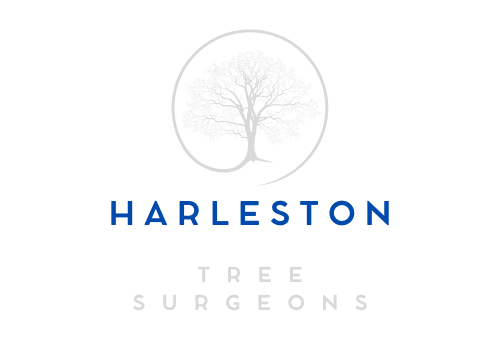Pruning for Tree Structure: Encouraging a Strong Canopy
Introduction: Proper tree care is essential for the health and longevity of your trees. One crucial aspect of tree maintenance is pruning, which serves various purposes, including enhancing tree structure. In this blog post, we’ll delve into the importance of pruning for tree structure and how it helps encourage a strong canopy.
The Significance of a Strong Canopy: A tree’s canopy, also known as its crown, plays a vital role in its overall health and appearance. A well-structured canopy offers numerous benefits:
- Aesthetic Appeal: An adequately pruned tree with a well-structured canopy looks more visually pleasing and adds beauty to your landscape.
- Safety: A strong canopy is less prone to branch breakage and falling debris, reducing safety hazards for people and property.
- Health: Adequate sunlight penetration and air circulation within the canopy promote tree health by reducing the risk of diseases and pests.
- Longevity: Trees with well-maintained canopies tend to live longer and require less intervention over time.
Pruning for Tree Structure: Pruning for tree structure involves strategically removing specific branches to encourage the development of a strong and balanced canopy. Here are the key principles and techniques involved:
- Selective Branch Removal: Identify and remove branches that are weak, dead, diseased, or crossing over others. This allows the tree to allocate resources to healthy branches and reduces the risk of weak attachments.
- Thinning: Thinning the canopy by selectively removing certain branches reduces crowding and allows better light penetration and air circulation. This helps prevent the development of dense, weak growth.
- Leader Development: Encourage the growth of a central leader or main trunk. This central leader helps maintain the tree’s overall structure and stability.
- Branch Collar Preservation: Make clean cuts outside the branch collar (the swollen area where the branch meets the trunk) when removing branches. This promotes proper healing and reduces the risk of disease entry.
- Regular Maintenance: Pruning for structure is an ongoing process. Regular inspections and maintenance, especially during the tree’s formative years, are crucial for achieving and maintaining a strong canopy.
Benefits of Pruning for Structure:
- Reduced Risk of Breakage: Removing weak or overextended branches reduces the risk of branch breakage during storms or heavy snowfall.
- Improved Airflow: Proper spacing between branches allows for better air circulation, reducing the risk of fungal diseases and improving overall tree health.
- Enhanced Aesthetics: A well-structured canopy gives your tree a balanced and attractive appearance, adding value to your property.
- Longevity: Trees with strong canopies are more likely to thrive and live longer, providing shade, beauty, and environmental benefits for years.
Conclusion: Pruning for tree structure is a vital component of tree care that promotes a strong canopy, ensuring the health, safety, and beauty of your trees. To achieve the best results, it’s advisable to consult with a professional tree surgeon or arborist who can assess your trees and perform the necessary pruning while preserving their overall health and structural integrity.
Call us on: 01379 773 584
Click here to find out more about Harleston Tree Surgeons
Click here to complete our contact form and see how we can help with your tree’s needs.

